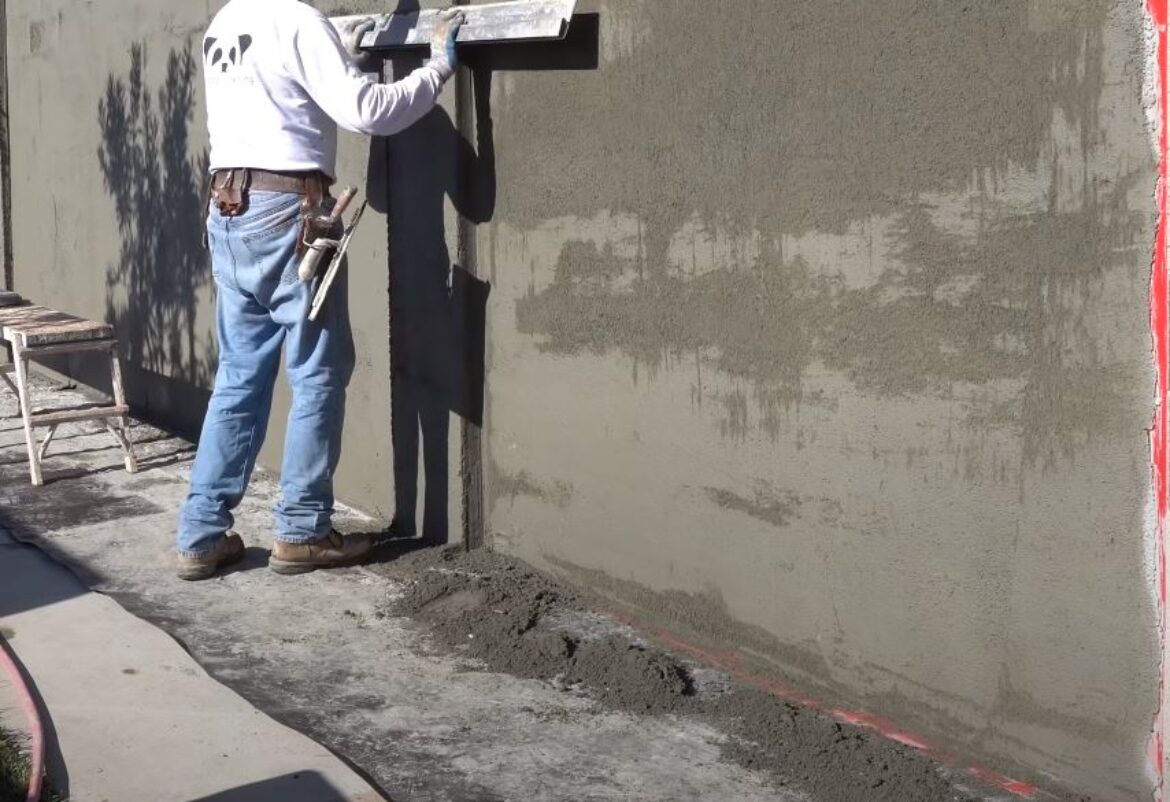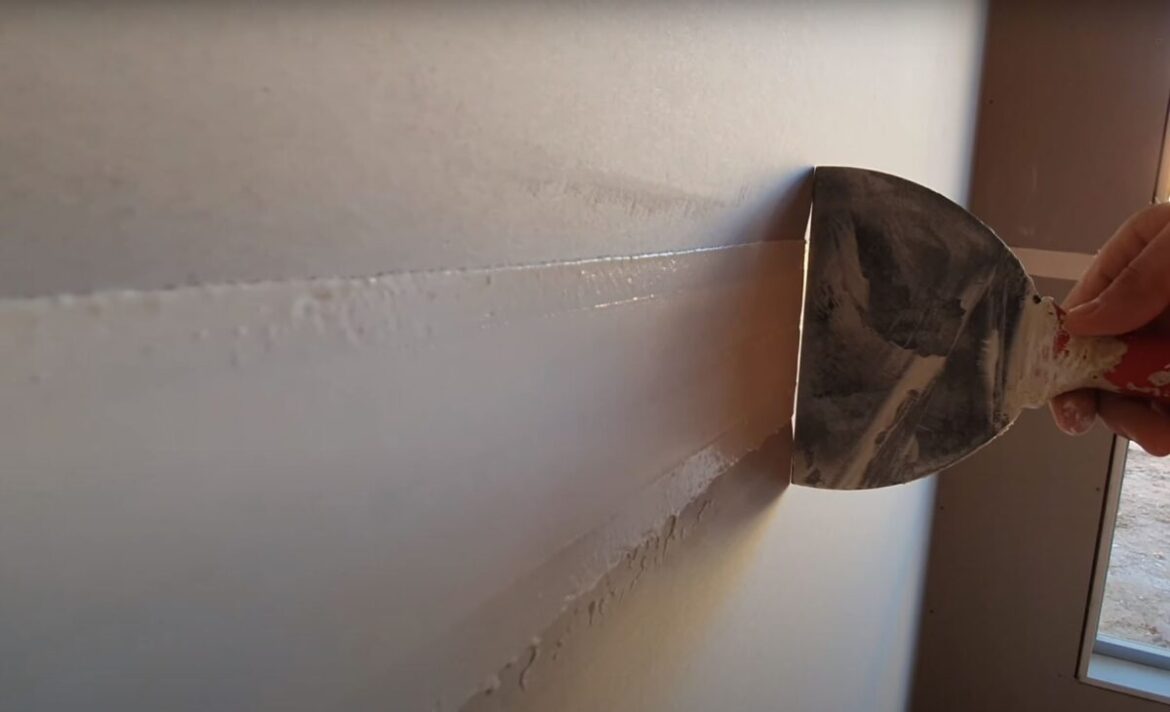Can I Use Plaster Outside in Auckland? Insights Into Exterior Plastering
Grasping the Basics of Exterior Plastering
In the world of home renovations, exterior plastering sits front and centre for Aucklanders wanting a polished and refined look for their homes. It’s not just about plastering walls but ensuring that the material chosen can withstand Auckland’s unique climate. Here, the debate often hovers around – Can one truly rely on plaster for external surfaces?
Auckland’s Unique Climatic Challenge
Auckland, with its variable weather, can be tricky when considering exterior finishes. From the humid summers of Takapuna to the rainy winters of Mangere, each suburb offers a distinct environmental challenge. These variations call for precision in choosing materials, especially when plastering outside.
Solid Plastering: The Gold Standard in Auckland
In areas like Epsom and Remuera, one can see a distinct inclination towards solid plastering. This technique, favoured by many Auckland plasterers, involves applying a solid layer of plaster to ensure durability and resilience. The process, although labour-intensive, provides a rich texture and finish, often seen in upscale Auckland properties.
Council Bylaws and their Impact on Exterior Choices
Taking a step beyond personal preferences, Auckland council bylaws can also influence the plastering choices homeowners make:
- Within the Waitākere Ranges Local Board jurisdiction, there are specifications regarding exterior finishes to ensure they blend well with the natural surroundings.
- The Devonport-Takapuna area mandates the use of certain plastering materials to retain the historical essence of the region.
- Manurewa district’s guidelines stress on the eco-friendliness of the materials used for any exterior work, including plastering.
Keeping abreast of these regulations is essential to avoid potential hiccups in your renovation journey.
Choosing the Right Exterior Plasterers Auckland
It’s one thing to decide on using plaster outdoors; it’s another to ensure it’s applied perfectly. Engaging professional Auckland exterior plasterers is crucial. Their expertise in solid plastering, coupled with their knowledge of Auckland’s diverse suburbs, can make the difference between a job well done and a potential disaster.
The Nuances of Tools and Materials in Auckland
The landscape of Auckland demands versatility. The tools and equipment used in Northcote might differ from those preferred in Otahuhu. Factors influencing these choices include:
- Type of surface: Raw brick, wood, or previously plastered surfaces.
- Desired finish: Rough, smooth, or textured.
- Local climate: Coastal areas may need added resistance to salt and moisture.
Key Takeaways:
- Auckland’s diverse weather conditions require careful consideration when plastering outside.
- Solid plastering, favoured by many Auckland solid plasterers, offers durability and a premium finish.
- Local council regulations play a significant role in exterior plastering choices.
- Engaging skilled exterior plasterers in Auckland is vital for a successful plastering project.
- Tools and materials vary based on the suburb and specific needs of the project.
The Cost Implications of Exterior Plastering Auckland
Every homeowner needs to juggle desires with budget constraints. While exterior plastering Auckland does involve an investment, the longevity and aesthetics it brings can be well worth the price. However, costs can vary based on the complexity of the job, the materials chosen, and the specific rates of local Auckland plasterers.
FAQs on Exterior Plastering in Auckland:
- Is it advisable to use plaster outside in Auckland?
Yes, with the right materials and expertise, plaster can be effectively used outdoors in Auckland. - What’s solid plastering?
It’s a technique where a solid layer of plaster is applied to surfaces for enhanced durability and texture. - Do I need to consider local council regulations before plastering outside?
Absolutely. Different Auckland suburbs have specific bylaws regarding exterior finishes, and it’s essential to be compliant. - Can I DIY exterior plastering?
While some might be tempted, given Auckland’s unique challenges and the expertise required, it’s recommended to hire professional plasterers.
Exterior plastering, while challenging in Auckland’s diverse environment, offers immense aesthetic and functional benefits. However, the pivotal point remains in the selection of the right plastering materials and, more importantly, the right professional to get the job done. Whether you’re in Parnell or Papakura, a touch of expert plastering can elevate your home’s appeal greatly.
So yes, plaster can be used outside in Auckland. It is important to consider certain factors and take appropriate measures to ensure its suitability and durability in outdoor applications.
Here are some key considerations:
- Weather Resistance:
Auckland experiences a moderate climate with varying weather conditions, including rainfall and temperature fluctuations. It is crucial to choose a plaster system that is specifically designed and suitable for exterior use. Exterior plastering systems typically have enhanced weather resistance properties to withstand moisture, UV radiation, and other environmental factors.
- Substrate Preparation:
Proper preparation of the underlying substrate is essential for successful exterior plastering. The substrate should be clean, dry, and structurally sound. Any existing coatings, loose materials, or contaminants should be removed, and the surface should be appropriately primed or sealed to ensure good adhesion of the plaster.
- Moisture Management:
Adequate moisture management is crucial for exterior plastering. Waterproofing measures, such as the use of suitable membranes, flashings, and sealants, should be implemented at vulnerable areas like windows, doors, and junctions. Proper drainage systems should also be in place to prevent water accumulation behind the plaster layer.
- Ventilation:
Ventilation is important to allow moisture to escape from behind the plaster and prevent the buildup of moisture that can lead to problems such as mold growth or deterioration. Ventilation details, such as weep holes or breathable membranes, should be incorporated into the plaster system as needed.
- Maintenance:
Regular maintenance is essential for the longevity of exterior plaster. Periodic inspections should be conducted to identify any cracks, damages, or areas that require repair. Prompt repairs should be carried out to prevent water ingress and further deterioration.
It is advisable to consult with our professional plasterers who are experienced in exterior plastering in Auckland. They can provide guidance on suitable plaster systems, application techniques, and the necessary measures to ensure the longevity and performance of the plaster in the outdoor environment. Speak to the team at Your Plasterers Auckland today!
Are Plasterers in High Demand in Auckland?
Plastering services are essential components of both new construction projects and renovations. Over the past few years, Auckland has experienced a surge in demand for plasterers, with the trend expected to continue.
The Driving Factors of Demand
Several factors are driving the demand for plastering services in Auckland. The first is the city’s ongoing housing boom, fuelled by population growth and investment in infrastructure. The demand for housing directly translates into a need for skilled tradespeople, including plasterers.
Exterior Plastering and Seasonal Variations
Exterior plastering is a highly sought-after skill, particularly during Auckland’s warmer months. As the wet and cold winter weather can adversely affect plaster application and drying, there is a significant increase in demand for exterior plasterers in the summer months. Property owners and builders tend to schedule plastering work during this period, resulting in a spike in demand for plastering services.
Interior Plastering and Gib Stopping
Interior plastering services, especially gib stopping, are always in high demand in Auckland. Gib stopping is a crucial part of interior wall finishing, providing a smooth surface for painting or wallpaper. As Auckland’s housing boom continues and more houses are being built, the demand for skilled gib stoppers has increased.
Plaster Repair and Solid Plastering
With Auckland’s abundance of older homes, particularly in suburbs like Ponsonby and Grey Lynn, the demand for plaster repair and solid plastering services is high. These older properties often require significant maintenance and renovation work, contributing to the steady demand for plasterers skilled in restoration work.
Stucco Work and Aesthetic Appeal
Auckland’s residential aesthetic is diverse, with numerous homes boasting a stucco finish. Stucco work is a specialist skill within the plastering trade, contributing to the overall high demand for plasterers in Auckland. A well-executed stucco finish adds a timeless appeal to homes and is increasingly popular in suburbs like Herne Bay and St Mary’s Bay.
The Business Cycle Impact
The business cycle significantly affects the demand for plasterers. In periods of economic expansion, when there is substantial investment in construction and property development, the demand for plastering services increases. Currently, New Zealand is experiencing robust growth in the construction sector, leading to a heightened need for tradespeople, including plasterers.
The Supply of Skilled Plasterers
While the demand for plastering services in Auckland remains high, there is a noticeable shortage of skilled plasterers. This discrepancy has resulted in plastering services being in high demand across the region. For those considering a career in the trades, plastering offers excellent opportunities due to this persistent demand.
Conclusion
To answer the question “Are plasterers in high demand in Auckland?” – Yes, they are. Whether for new builds, renovations, or restoration of character homes, plasterers have an essential role to play in Auckland’s thriving property market. With current trends and the impact of the business cycle, it’s safe to say that plastering skills will continue to be in high demand in the foreseeable future.
What is solid wall plastering?
Solid wall plastering refers to the application of a thick layer of plaster directly onto the interior or exterior walls of a building, creating a solid and seamless finish. Solid wall plastering is commonly used in both residential and commercial construction projects. Here are some key aspects of solid wall plastering in Auckland:
Purpose and Benefits of Solid Plastering:
Solid wall plastering serves multiple purposes and offers several benefits. It provides a smooth and uniform surface, hides imperfections in the underlying wall, enhances the aesthetics of the space, and adds a layer of protection to the walls. It can also contribute to the thermal and acoustic insulation of the building.
Material Composition of Solid Plaster:
Solid wall plastering in Auckland typically involves a mixture of cement, sand, and additives. The specific proportions and types of materials used may vary depending on the project requirements, local practices, and the desired properties of the plaster.
Solid Plastering Application Techniques:
Solid wall plastering involves several stages, including surface preparation, application of base coats, levelling, and the application of finishing coats. Skilled plasterers apply the plaster using techniques such as troweling, floating, or spraying to achieve the desired finish and texture.
Solid Wall Plaster Attributes:
Solid wall plastering provides various attributes that contribute to its popularity in Auckland. These include:
- Durability: Solid wall plastering provides a durable and long-lasting surface that can withstand daily wear and tear.
- Moisture Resistance: Properly applied solid wall plastering can resist moisture penetration and prevent water-related damage to the walls.
- Thermal Insulation: Solid wall plastering can help improve the thermal insulation of the building, contributing to energy efficiency and comfort.
- Soundproofing: The thickness and density of solid wall plastering can contribute to soundproofing, reducing the transmission of noise between rooms or from outside sources.
- Fire Resistance: Depending on the specific materials used, solid wall plastering can offer fire-resistant properties, providing an additional level of safety.
Solid wall plastering is used in various applications, including residential homes, commercial buildings, and public spaces. It is suitable for both new construction and renovation projects, providing a versatile and visually appealing finish.
When considering solid wall plastering for a specific project in Auckland, it is advisable to consult with professional plasterers or contractors who can provide guidance on the appropriate techniques, materials, and finishes based on the project requirements and desired outcomes.


